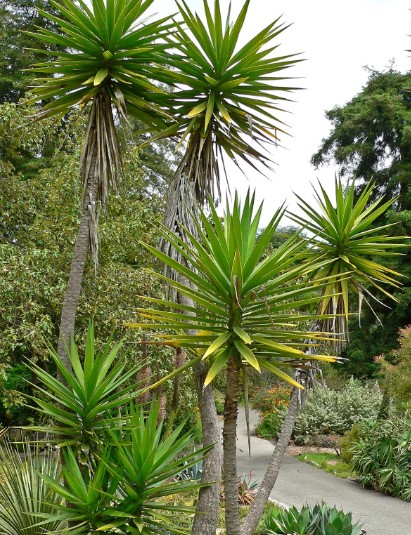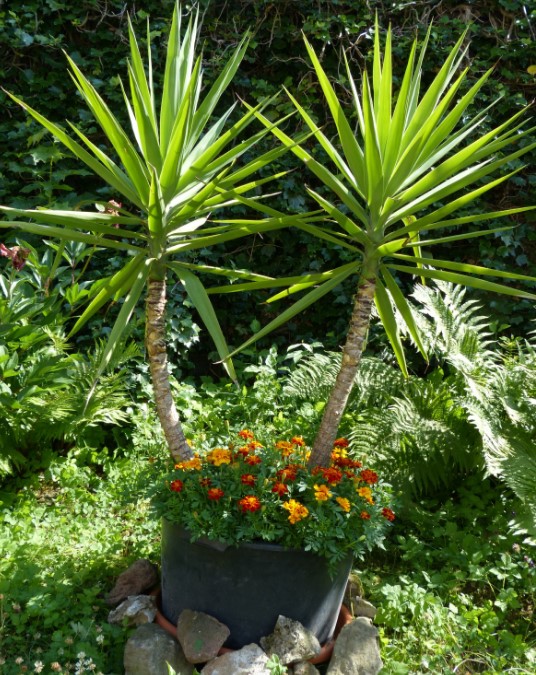Yucca is a genus of more than 40 perennial plants, shrubs, and trees, but only a few are grown as houseplants under the label “yucca plant.” Your next plant will probably smell like a comfortable, decently sized guest bedroom — but will still pay off in long years of gardening happiness. Common species include the tall and spindle-shape Litchi elm (Yucca grandiflora ), the elegant Leyland cypress (Yucca elata ), and the dazzling but easy-to-grow Kusodemus heterophylla. In the United States, Yucca species are sold as houseplant or outdoor plants. Most are hybrids, and commercially they range in size from small seedlings to full-grown plants.

First things first: Yucca are not poisonous and are not considered a fire and electrical hazard. A few species are known to be eaten by humans, though, so keep this in mind if you get one for houseplanting. Even some species of Yucca have been known to deter rodents, which is why you should keep your distance when you’re caring for them indoors. Like most tropical plants, Yucca require bright light and daily water. Greater than 90% of plants prefer indirect sunlight. All but one species can tolerate some light scratching, but it shouldn’t cause lasting damage. Most species are intolerant of most pHs, so acid soil discs make the cut.
Most yucca species produce a sweet fragrance before they bloom, and that’s the species’ major attraction. Occasionally, reddish-purple or black blossoms appear somewhere along their growth lines. While the blooms do look striking, don’t expect them to last much beyond the season. Though small seeds (about the size of horseradish) prefer a moist and slightly acid soil, many species don’t self-seed. If they do, you can transplant out the young plants after blooming dates have passed. One third of a seedling will remain underground during late summer and early autumn. These sneaky little devils die back to the ground before a frost to give your indoor planting time to mature.
If planted in a well-drained but sunny spot in adequate airflow, they will stay healthy for decades.
Yucca are traditionally used as indoor plant covers, but their bright, almost cheerful colors make them lovely indoor plants for other indoor or outdoor activities. Most yucca species require little to no attention once planted out and will continue to show their and your love through thick and thin.

